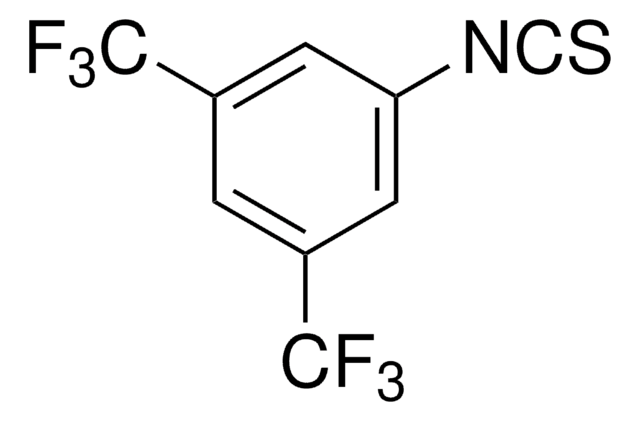481793
Nickel(II) oxide
≥99.995% trace metals basis
Synonym(s):
Mononickel oxide, Nickel Oxide Sinter 75, Nickel oxide, Nickelous oxide
About This Item
Recommended Products
Quality Level
Assay
≥99.995% trace metals basis
form
solid
greener alternative product characteristics
Design for Energy Efficiency
Learn more about the Principles of Green Chemistry.
sustainability
Greener Alternative Product
color
dark green
density
6.67 g/mL at 25 °C (lit.)
application(s)
battery manufacturing
greener alternative category
SMILES string
[Ni]=O
InChI
1S/Ni.O
InChI key
GNRSAWUEBMWBQH-UHFFFAOYSA-N
Looking for similar products? Visit Product Comparison Guide
Related Categories
General description
Application
- Incorporation of Nanocatalysts for the Production of Bio-Oil from Staphylea holocarpa Wood.: This research explores the application of nanocatalysts, including Nickel(II) oxide, in the production of bio-oil, showcasing its role in enhancing the energy yield and efficiency of the bio-oil production process (Li et al., 2022).
Signal Word
Danger
Hazard Statements
Precautionary Statements
Hazard Classifications
Aquatic Chronic 4 - Carc. 1A Inhalation - Skin Sens. 1 - STOT RE 1 Inhalation
Target Organs
Lungs
Storage Class Code
6.1C - Combustible acute toxic Cat.3 / toxic compounds or compounds which causing chronic effects
WGK
WGK 1
Flash Point(F)
Not applicable
Flash Point(C)
Not applicable
Personal Protective Equipment
Choose from one of the most recent versions:
Already Own This Product?
Find documentation for the products that you have recently purchased in the Document Library.
Articles
An article concerning self-propagating reactions induced by mechanical alloying, presented by Sigma-Aldrich.com.
As with all types of fuel cells, a Solid Oxide Fuel Cell (SOFC) is capable of efficiently transforming chemical energy into electrical energy.
The diversity of applications and nanostructured materials accessible using ultrasonic spray methods are highlighted in this article.
Ultrasonic spray pyrolysis produces scalable nanomaterials like metal oxides and quantum dots for diverse applications.
Our team of scientists has experience in all areas of research including Life Science, Material Science, Chemical Synthesis, Chromatography, Analytical and many others.
Contact Technical Service






